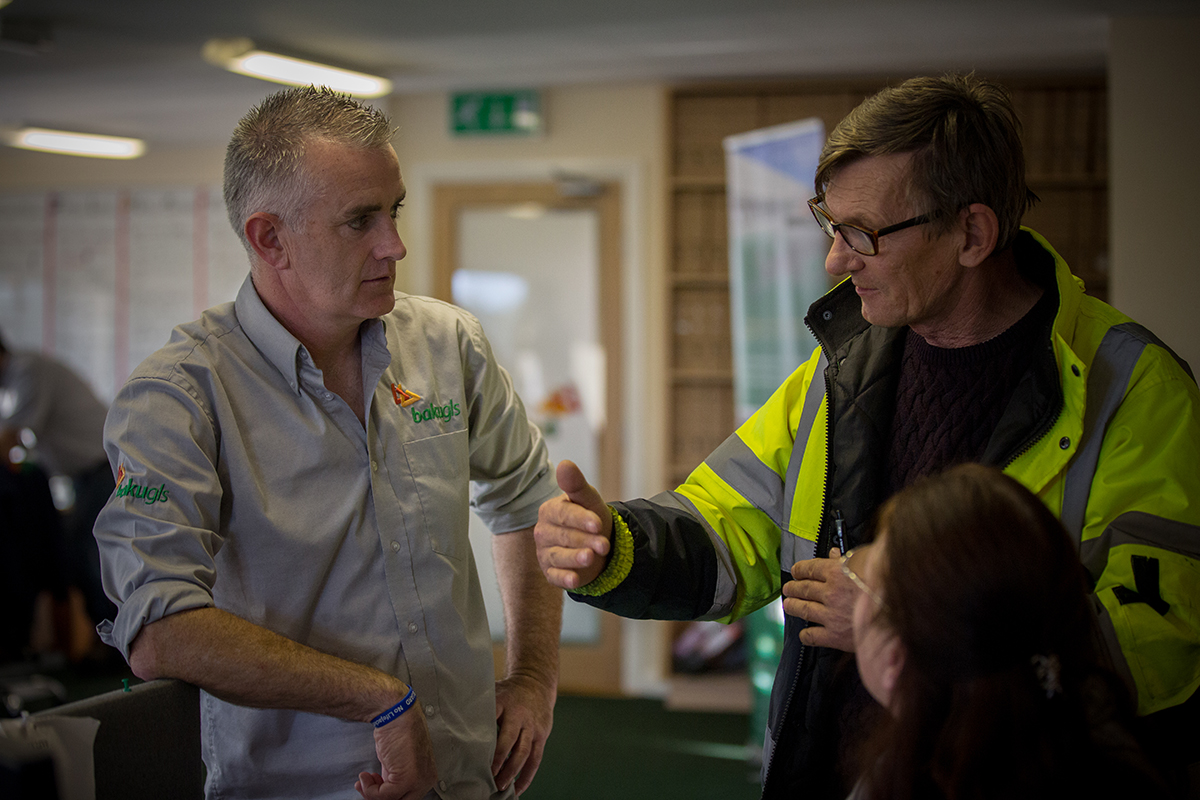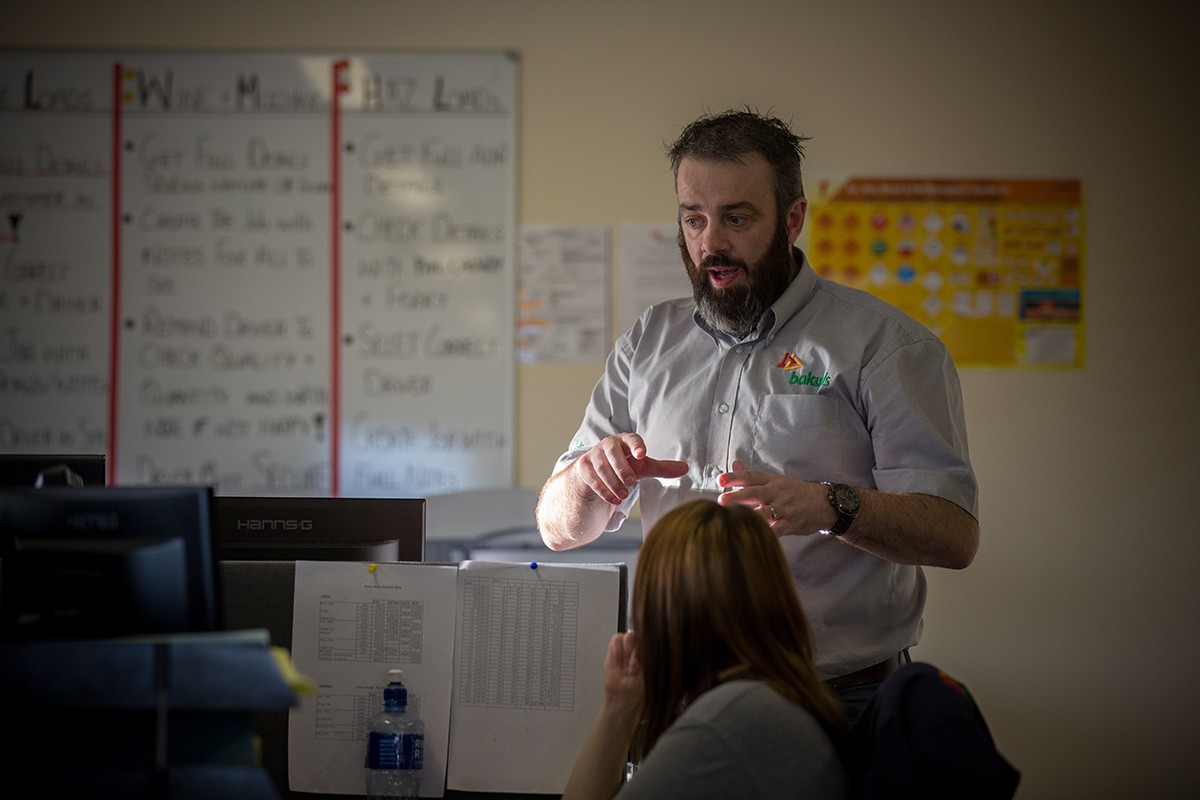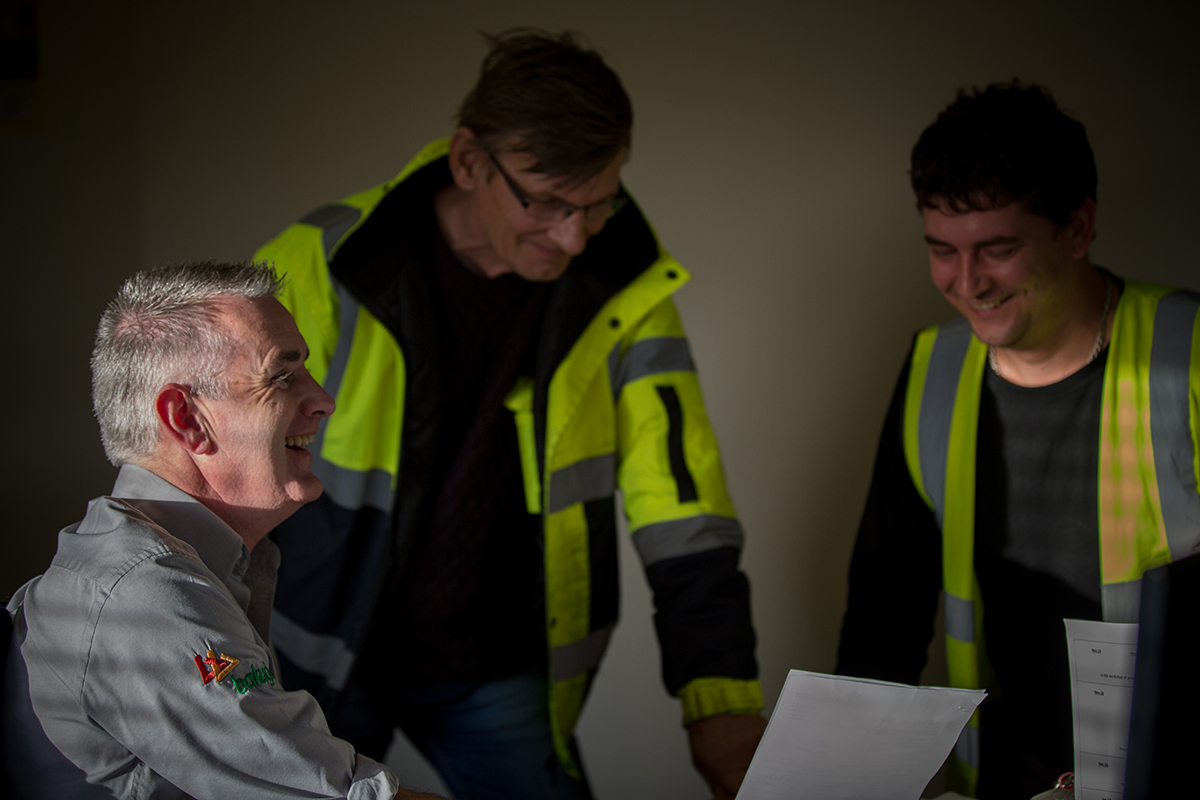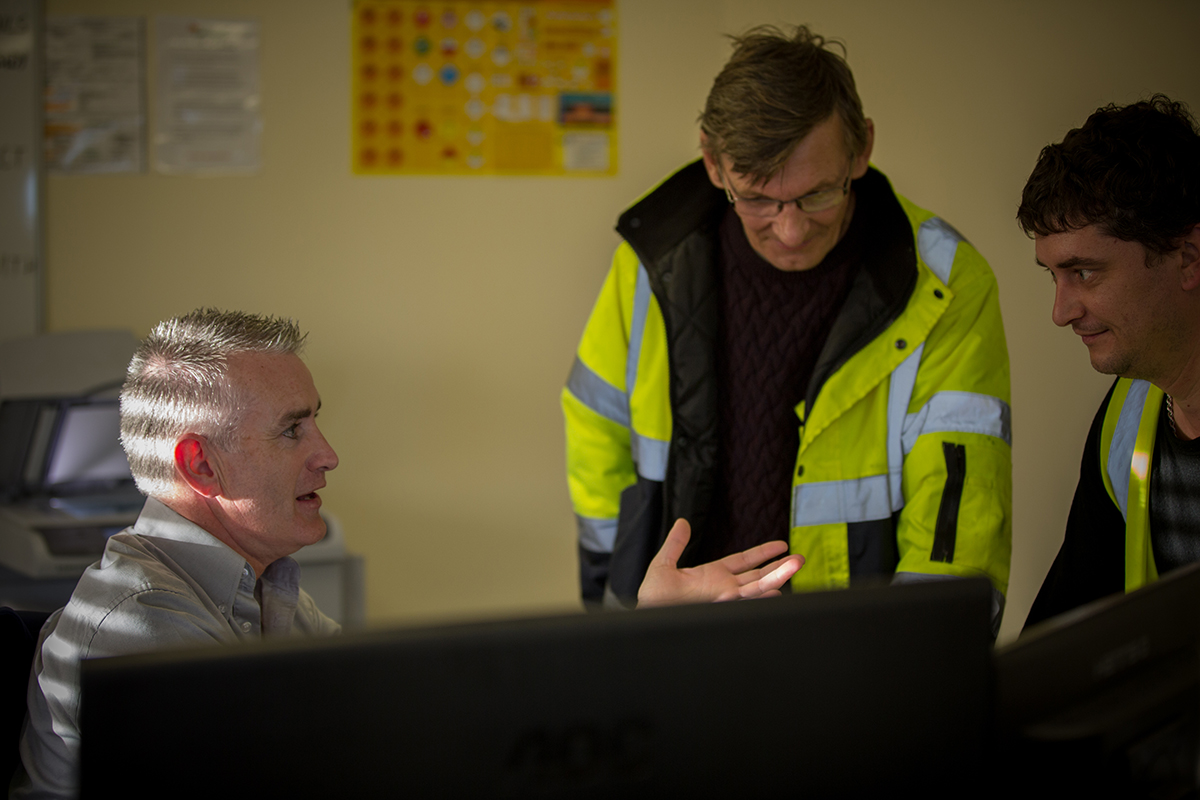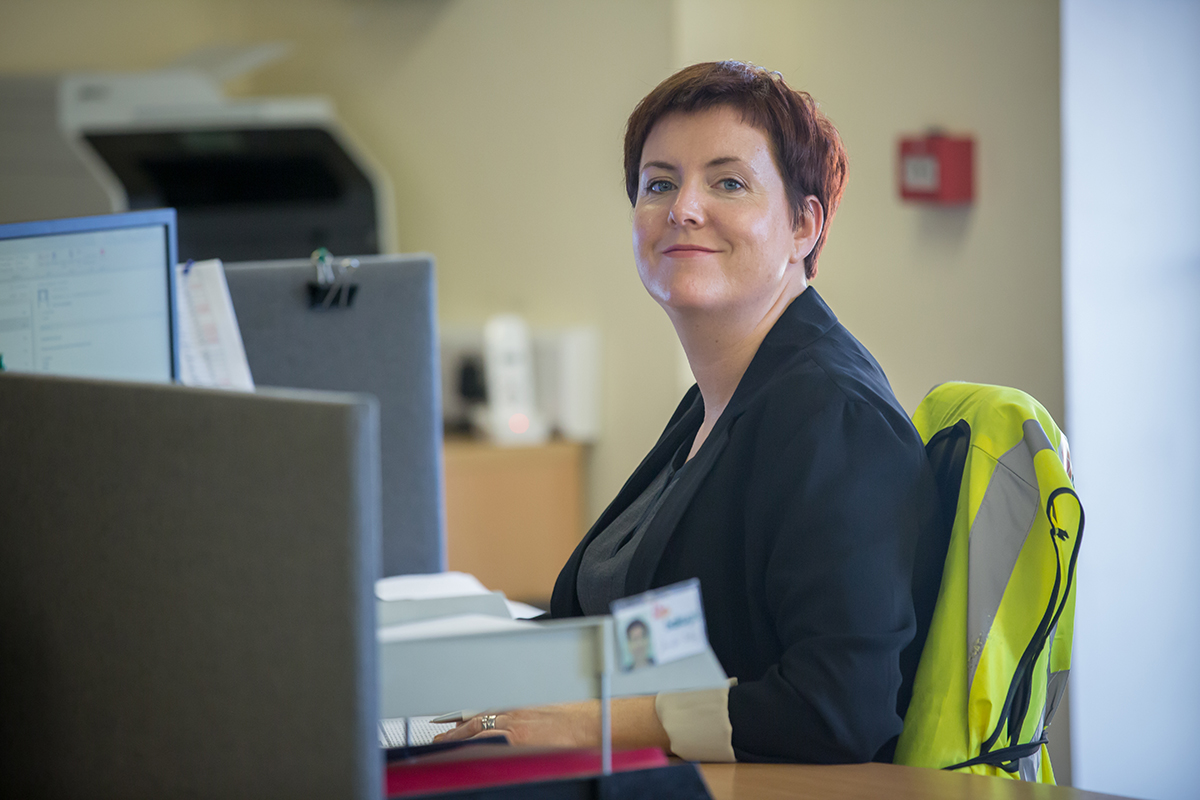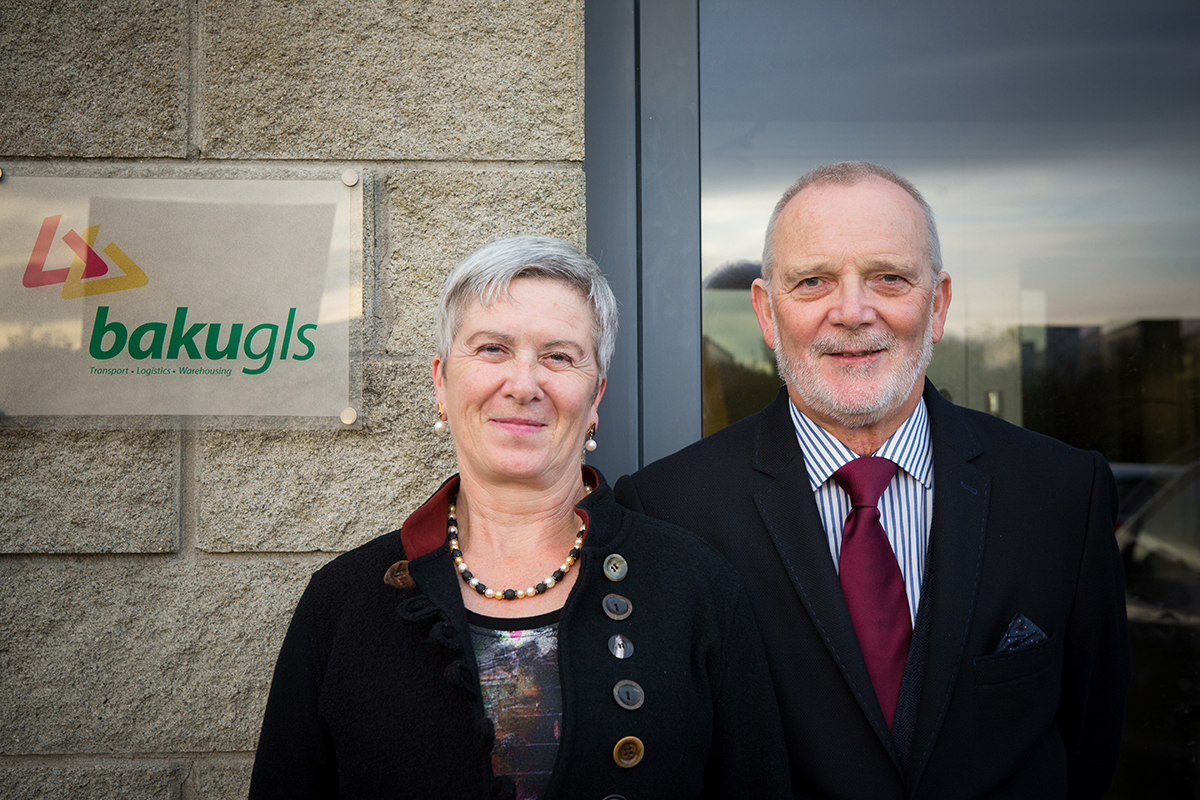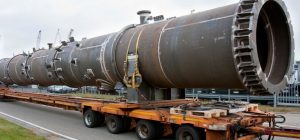
What do you do if your cargo won’t fit on a trailer? Don’t worry – we’ll handle it!
At Baku GLS, we love out-of-gauge (OOG) transport projects. They’re always demanding, unique experiences that force us to think outside the box and come up with innovative solutions. …and we have yet to come across an out-of-gauge project that we couldn’t handle.
What’s the difference between Out of Gauge and In Gauge?
Put simply, if your cargo fits on a standard trailer or modular shipping container, it’s in-gauge; if it wont’ fit, it’s out-of-gauge. If you need to ship heavy machinery, yacht parts or whole buildings, it’s usually an out-of-gauge transport project.
In-gauge dimensions are fairly generous — even the infamous €850,000 Dail printer would be treated as an in-gauge transport job. Cargo just needs to weigh less than 44 tonnes and fit in a box 12.05 metres long, 2.33 metres wide and 2.59 metres high. Anything larger than that is simply not safe to travel by road or ferry in the normal way, which is why it’s out-of-gauge.
What does Out of Gauge shipping involve?
OOG transport is complex work — you need assistance from specialist experts at every step of the project. In the past, we’ve worked with all kinds of specialists to deliver our OOG projects, but they tend to fall into a few main groups:
Engineers
The physics of moving giant cargo are seriously complex. By law, anything that weighs more than 44 tons is too heavy to travel on most of Europe’s road network, and has to be broken into smaller loads before it can go anywhere. You can’t travel through junctions and roundabouts at speed if your load’s centre of gravity poses a safety risk, and you also need to know where the safe lifting points are so that you can crane items into position safely. Specialist engineers will measure everything you’re trying to move, carry out all the complex mathematical calculations and show you how to keep everyone — and everything — safe in transit.
Brokers
Insurance, customs and ships brokers all get involved in out-of-gauge cargo projects. Specialist insurers need to provide bespoke cover for every step of an out-of-gauge transport project; every project is unique, so you need the expertise to accurately define the risks of the project and provide the right kind of insurance cover. Customs experts are often needed because OOG cargo doesn’t always fit into the standard tariff coding system and the paperwork can be very difficult to get right. Depending on the scale of the project, you might also need to charter a ferry for your exclusive use; ships brokers are experts at arranging this.
Road Escorts
Trucks carrying out-of-gauge cargo present a hazard on the roads, which is why they’re always accompanied by escort vehicles. Road escorts are used to give other road users advance warning of the cargo that’s being moved, and help keep traffic back at a safe distance. Specialist road escort companies, and sometimes local police, handle road escorting work.
Stevedores
Stevedores are experts in getting cargo on and off ships; they also pack and lash cargo so that it can’t slip or move around in high seas. Before the introduction of modular shipping containers in the 1960s, stevedores were needed for every kind of shipment; today, stevedoring is expert work reserved for out-of-gauge and break-bulk cargo projects.
The rules of transnational OOG shipping
Understandably, out-of-gauge transporters have to follow stringent safety rules. The International Maritime Organisation (IMO) has a Code of Safe Practice for Cargo Stowage and Securing (learn more here) which defines how out-of-gauge cargo should be lashed and packed for heavy sea conditions. For road transport, we have to follow slightly different laws in every country we drive through; the EU have published a 61-page abnormal transport guidelines document which summarises most of it. There are even more rules to comply with if cargo is travelling by air or rail.
Shipping out-of-gauge cargo with Baku GLS
Every out-of-gauge project is a careful balancing act of costs and risks. You always have choices to make; for instance, breaking cargo into smaller packages will reduce convoy escort and permit costs, but increase road freight costs and invite dismantling and reassembly risks. Depending on what you’re moving, you might need to include a mobile crane in your shipment, and/or charter a whole ship. No two projects are the same …but that’s why we love this kind of work!
Only the most experienced transport companies have what it takes to deliver out-of-gauge projects. At Baku GLS, we’ve been in business for twenty years and we have yet to come across an out-of-gauge project that we couldn’t handle. Call us out for a site visit. We’ll inspect the cargo you need to ship and give you a quote.



